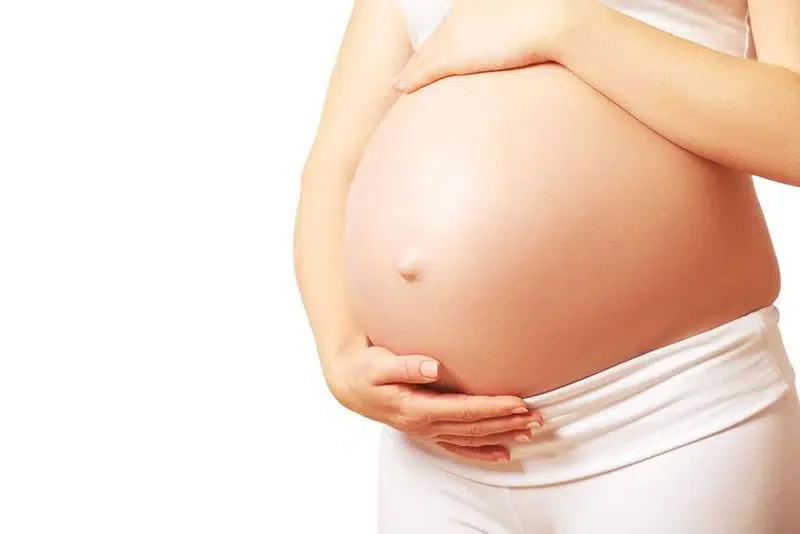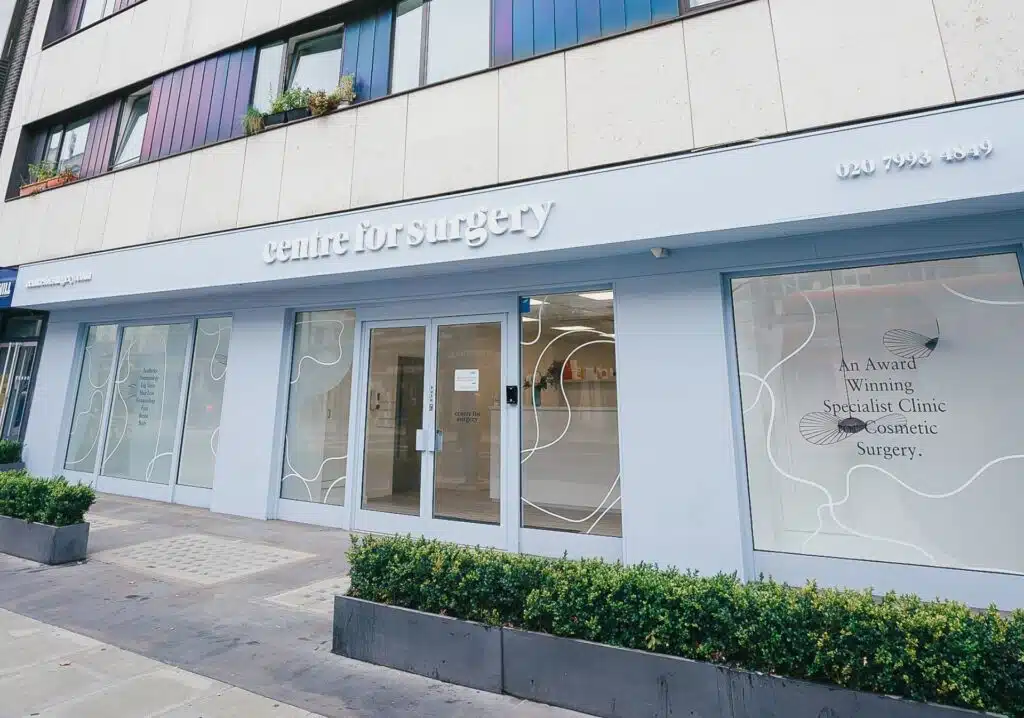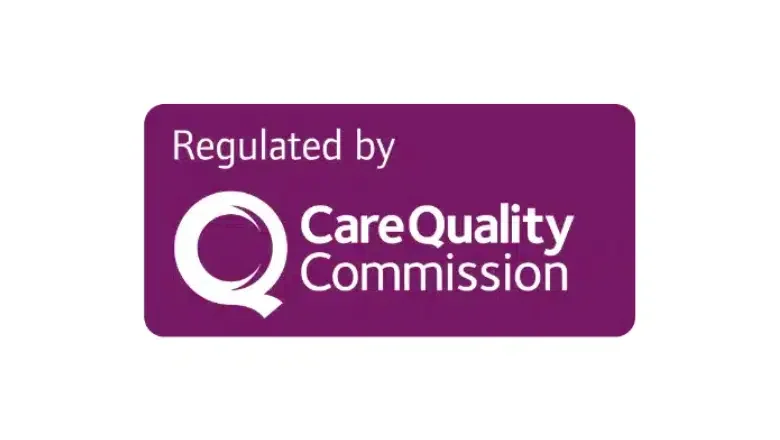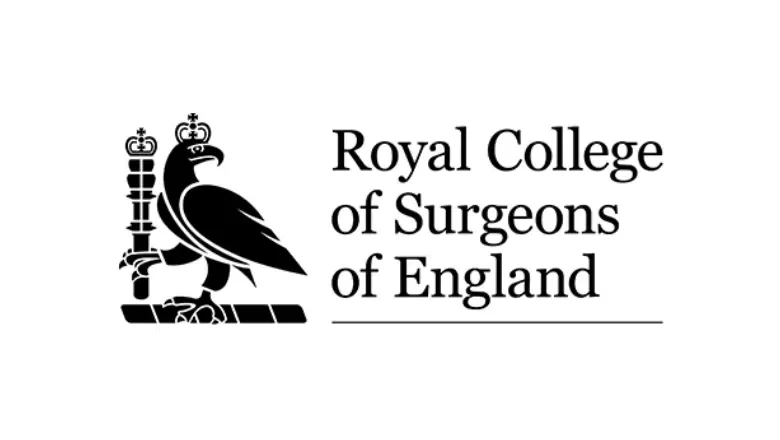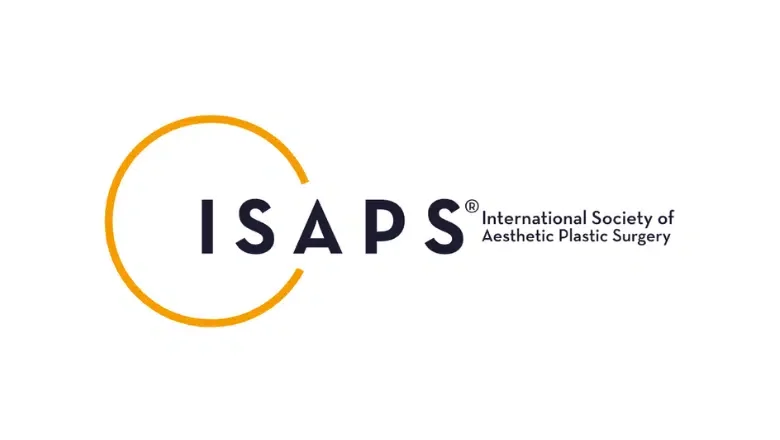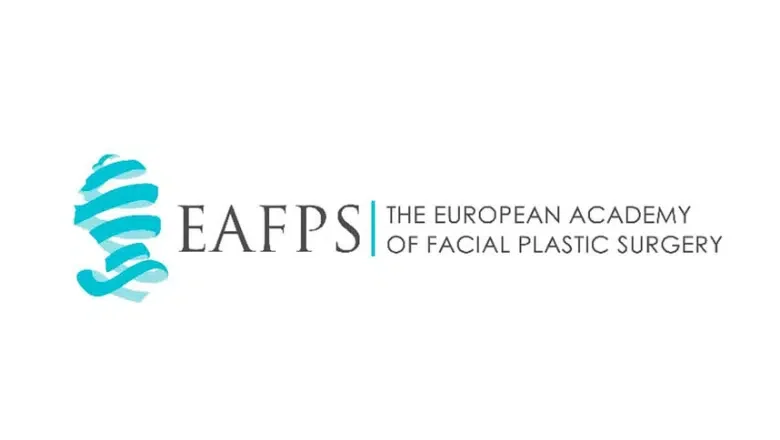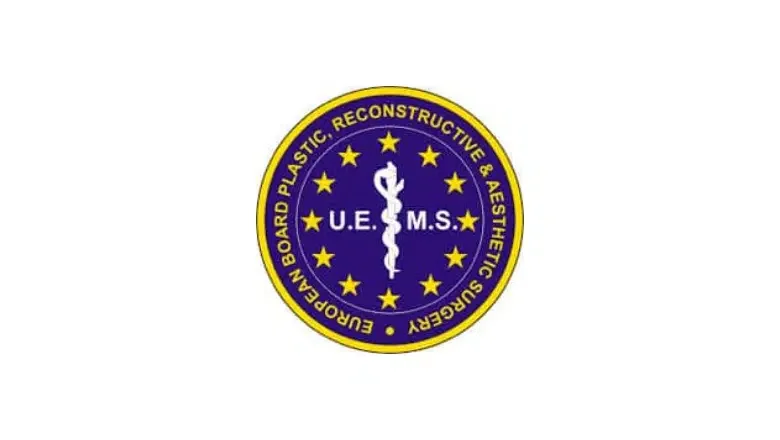With breast augmentation becoming more and more popular, there is often one question on the minds of women who are still planning to have children – can you still breastfeed if you have implants?
The short answer is yes, you will be able to breastfeed if you have breast implants. But are there actually factors which will impact on your ability to breastfeed and how much milk supply can be produced?
The incision
The incision can be one of the major factors which will impact whether or not you will be able to breastfeed after breast augmentation.
The surgeon’s incision will have an impact on the blood supply, nerves, milk glans and ducts. If the incision is made around the areola or the nipple, nerves that trigger the release of breast milk can be cut, and the sensation in the nipple may be lost. However, because of newer surgical techniques, this is not the method most surgeons will follow when undertaking breast augmentation. You may have incisions around the nipple or areola if you have a breast lift, nipple or areola reduction or inverted nipple correction.
Placement of the implant
The placement of the implant is also something to consider if you are planning on being pregnant and breastfeeding in the future.
Prior to having breast augmentation, you will be able to choose whether you want to have sub-glandular or sub-muscular placement. This choice will influence the final look of the implants. Sub-glandular, where the implant is over the pectoral muscle and directly under the glandular tissue, is more likely to cause an issue for the milk flow. Sub-muscular placement will also have a higher chance of staying in the ideal position after breastfeeding.
The type of implant
At Centre for Surgery, we use silicone implants, which are approved by the UK medicines and healthcare products regulatory agency (MHRA). Saline breast implants are no longer used within the UK.
Neither type of implant is likely to have an impact on your ability to breastfeed.
Mastitis
Mastitis occurs when a woman’s breast tissue becomes painful and inflamed. This is more common amongst women who are breastfeeding, and may occur with as many as one in 10 women. It can also include flu-like symptoms as well as a high temperature. Mastitis is generally treated with antibiotics.
So what impact does mastitis have on breast augmentation?
Mastitis can often cause capsular contracture. This occurs when a foreign object, such as a breast implant, is inserted into the body. The body will react to the object by surrounding it with scar tissue. This will occur with many women, and most will not be able to tell this is occurring. However, the problem occurs when the scar tissue begins to tighten or squeeze the implant. This can result in physical pain, or even a change in appearance to the implant.
How can you avoid complications?
Are you wanting to have breast augmentation, are wanting children in the future and are worried about potential complications?
To help avoid any problems occurring, it is recommended that you wait at least six months until you have finished breastfeeding before deciding to undergo breast augmentation. This will help to ensure the breasts have settled to their permanent shape and size. This means you will not experience any sagging and require another corrective procedure, such as a breast lift.
Are you interested in breast augmentation? Centre for Surgery are breast specialists. Contact us today to find out more information about breast augmentation or to book a consultation.
